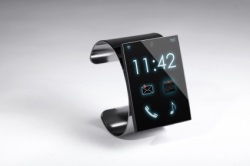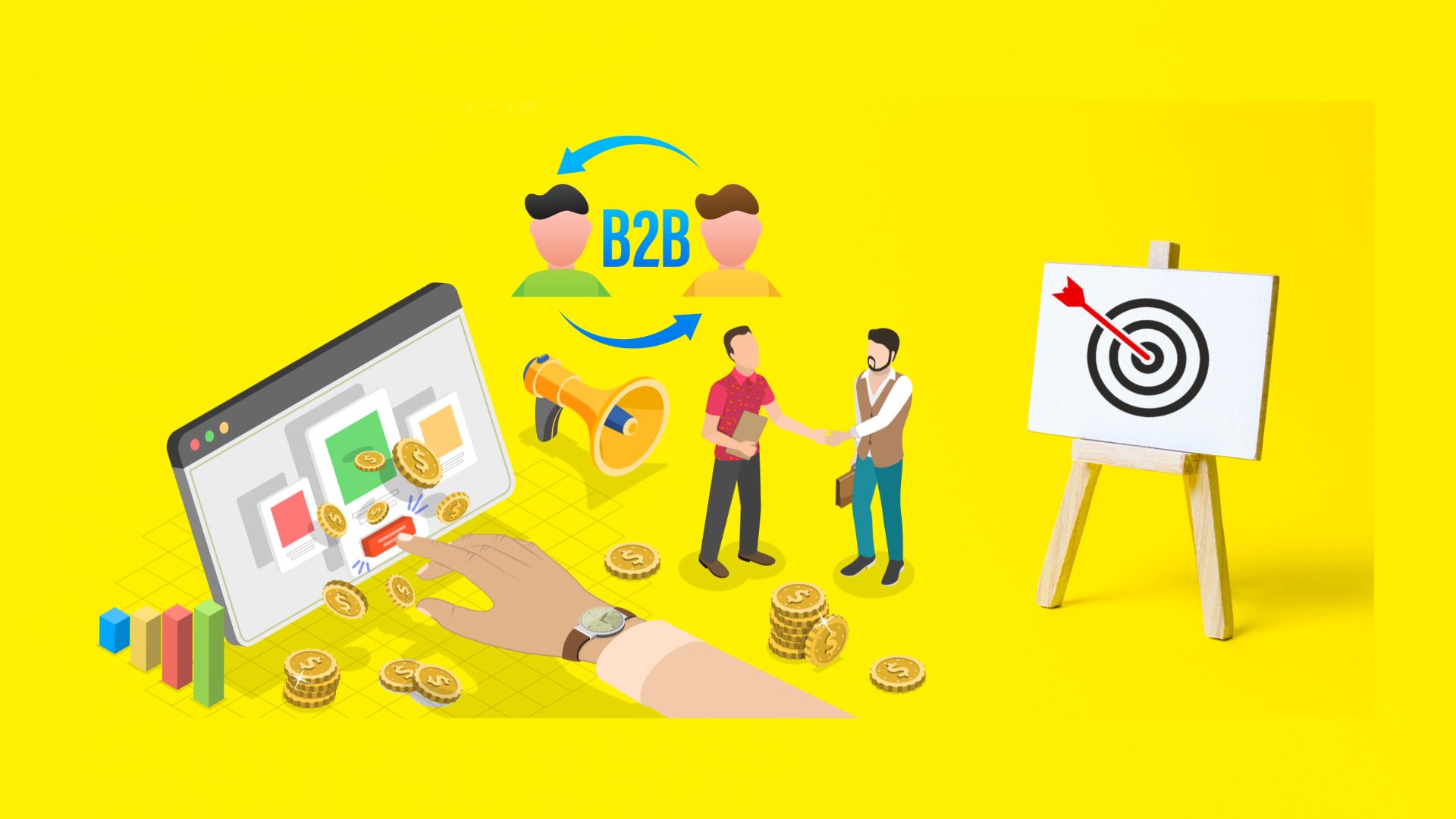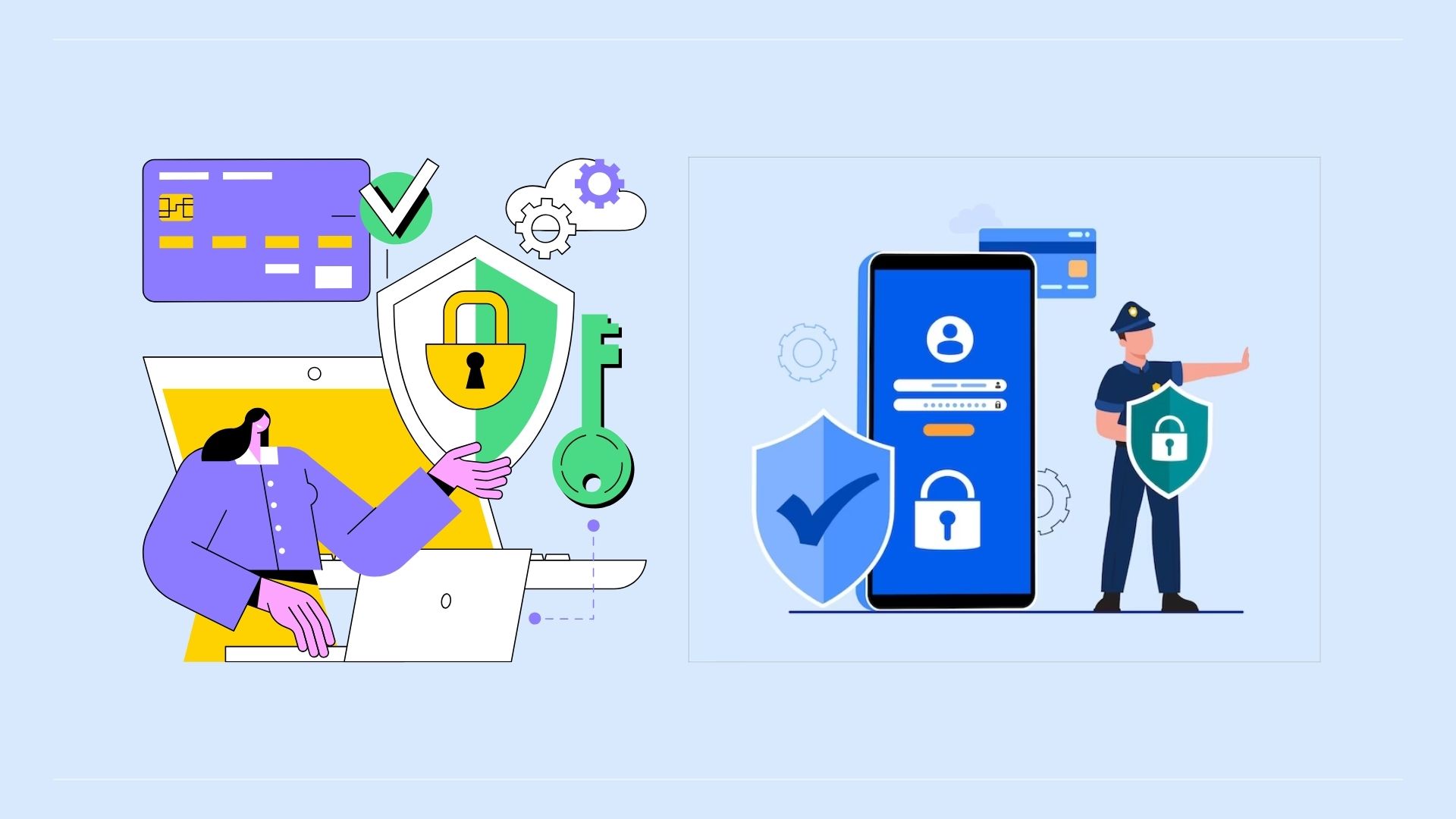Will Businesses Want the Apple Watch?
Page Contents
Now we know how much the Apple Watch will cost ($350 to $1,099 and, for big spenders, an 18-karat gold version for $10,000), when it is coming (April 24, with pre-orders starting April 10) and what you can do with it (receive calls and send doodles, heart beat and more to other users), as well as some early providers of third-party apps (Uber, American Airlines, Shazam and the W Hotel).
 What remains to be seen, though, is if Apple can win broad adoption for its smartwatch and get people excited about wearable technology. According to a recent PriceWaterhouseCoopers study, 33 percent of consumers who bought a wearable rarely use it after only about a year of use. Many industry observers remain unconvinced that wearable technology will catch on.
What remains to be seen, though, is if Apple can win broad adoption for its smartwatch and get people excited about wearable technology. According to a recent PriceWaterhouseCoopers study, 33 percent of consumers who bought a wearable rarely use it after only about a year of use. Many industry observers remain unconvinced that wearable technology will catch on.
Surfacing Useful Information
While the consumer market seems less than certain, it's a safe bet that wearables will play well in the enterprise, said Ramon Llamas, IDC's research manager for Wearables, Mobile Phones and Smartphones. That's because a significant number of “deskless” workers can benefit from receiving useful information at the moment they need it.
“If you are an airplane engineer and a smartwatch can surface information you need without your having to step away to get a manual or a tool , that is powerful,” Llamas said, noting that many companies will be able to identify similar opportunities to streamline their business processes. As an example, he mentioned CommandWear's partnership with smartwatch maker Pebble, to provide two-way text messaging for first responders like paramedics.
In addition to process improvement, Llamas said wearables offer the potential to enhance the way employees work and to generate potential new revenue streams. For example, he said, appliance manufacturers might be able to employ wearables to guide homeowners on how to make simple repairs on their products, for a fee.
These kinds of use cases are more powerful than consumer applications such as monitoring heartbeats, Llamas said. “Within the enterprise it's a given that you are working toward some sort of goal, you want to make work life easier by surfacing information that is useful to you at a given point in time, whereas in the consumer world we are trying to figure out what in the heck we want to do with a smartwatch,” he said.
There Better Be an App for That
As with smartphones and tablets before them, the availability of useful applications will be what makes or breaks the enterprise wearable market, Llamas said, noting that the infancy of the market presents plenty of opportunities.
“Not many companies are piloting wearables in the enterprise,” he said. “We don't know what we don't know, which is great opportunity for vendors and others to say ‘we can give you the device, the platform and the apps, and we can connect it to your back-end services and make it all happen.'”
IBM is a front runner to capitalize on the market for enterprise wearables, Llamas said, given its partnership with Apple that was announced in July. “IBM can leverage its expertise in cloud computing, analytics and other areas, and bring it all together for you,” he said.
Kevin Roberts, general manager of Platforms and Alliances for FinancialForce.com, a provider of cloud ERP software, has been wearing Samsung's Gear Live watch for about six months, while some other employees of the company are using the Moto 360.
Blurring Business, Personal Lines
All of them are excited about the Apple Watch, as are many of the company's customers, Roberts said. He cited the crossover appeal of the iPhone and iPad, consumer-oriented devices that have also won broad acceptance in the enterprise.
“There is heavy adoption of Apple devices within FinancialForce.com, and Apple is the company standard for laptops and tablet devices. As such a large proportion of our employees are also iPhone users, and so up until now they have had little or no options for watches,” he said. “I'm expecting the availability of Apple Watch to accelerate use of wearable devices within our own business and also our customers now that the Apple community is being served.”
FinancialForce built a smartwatch app that pushes notifications from its flagship ERP solutions to a smartwatch, Roberts said, surfacing ERP notifications in much the same way users get Facebook or Twitter notifications.
“Notifications are extremely useful — and addictive — providing at-a-glance updates on business processes such as escalations, approvals and requests for assistance,” he said. “We’ll certainly see this continuing as a key feature of the Apple Watch. With ERP providing notifications alongside those for travel, health, calendar appointments and personal social networks, the early adopters are able to keep in touch with both their business and personal lives.”
Ann All is the editor of Enterprise Apps Today and eSecurity Planet. She has covered business and technology for more than a decade, writing about everything from business intelligence to virtualization.

Public relations, digital marketing, journalism, copywriting. I have done it all so I am able to communicate any information in a professional manner. Recent work includes creating compelling digital content, and applying SEO strategies to increase website performance. I am a skilled copy editor who can manage budgets and people.



